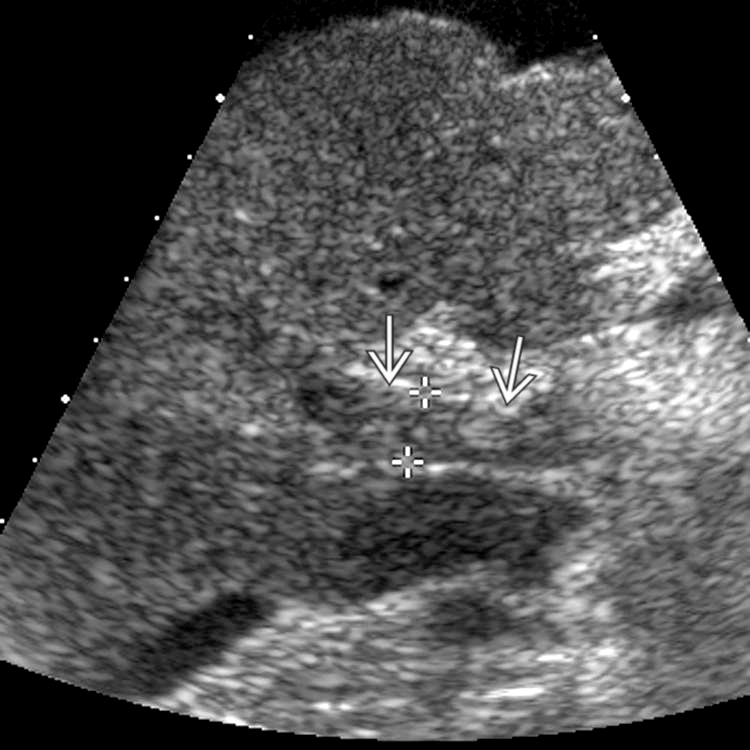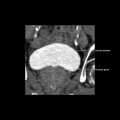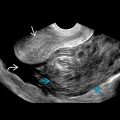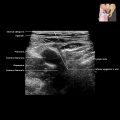KEY FACTS
Terminology
- •
Definition: Obstruction of PV due to thrombosis
Imaging
- •
Absent blood flow within PV on color or spectral Doppler
- •
Cavernous transformation of PV: Multiple portal venous collaterals develop anterior to thrombosed PV
- •
May see hypertrophied and high-velocity hepatic artery, which compensates for thrombosed PV
- •
CECT/MR
- ○
Comprehensive evaluation: Extent of occlusion and collateralization
- ○
Search for etiology and underlying condition
- ○
Top Differential Diagnoses
- •
Hepatic vein/inferior vena cava occlusion
- •
Nonocclusive thrombosis
- •
False-positive PV occlusion
- •
False-negative PV occlusion
- •
Tumor in vein (tumor thrombus)
- •
Splenic vein occlusion
- •
Dilated bile duct
Pathology
- •
Etiology
- ○
Thrombosis due to flow stasis, hypercoagulability, intraabdominal inflammation
- ○
Tumor in vein (formerly referred to as tumor thrombus) or direct tumor invasion
- ○
- •
Acute thrombosis
- ○
Lumen filled with thrombus, diameter may be enlarged
- ○
- •
Chronic thrombosis
- ○
Thrombosis accompanied by cavernous transformation (collateralization in porta hepatis)
- ○
Scanning Tips
- •
Techniques to differentiate very slow flow vs. thrombus: Decrease color box width; place color focus position at or below vessel; decrease scale (PRF); increase color gain; increase color write priority; try B-flow mode; decrease wall filter; push on belly to propel portal venous blood
- •
Grayscale cine of PV (without moving transducer) may show slow flow not detectable with color Doppler
- •
Blooming on color Doppler may obscure small thrombus
 in the main portal vein.
in the main portal vein.










